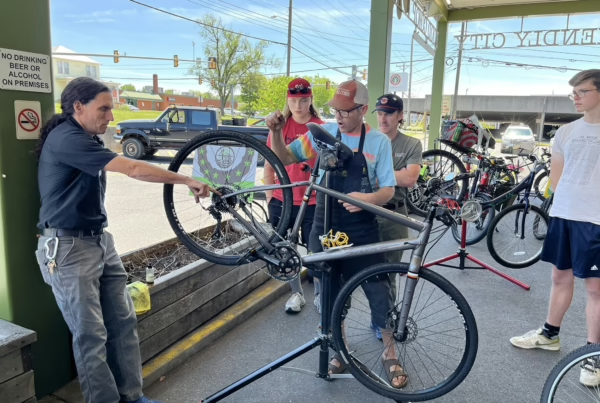Growing demand for livable communities (From the League of American Bicyclists)
The New Year is bringing with it a host of new research and reports. This is the first of a series of research summaries.
According to a survey recently released by the Centers for Disease Control and Prevention, 57 percent of adult Americans say that their neighborhood features – like sidewalks, crosswalks, or lighting – are of high importance in determining their levels of physical activity. About two-thirds of adults said they were willing to take “civic actions” to improve neighborhood features.
The report, “Public Support for Street-Scale Urban Design Practices and Policies to Increase Physical Activity,” confirms that the public sees the impact the built environment has on their levels of physical activity. There were no statistically significant differences in the responses to the impact question based on income, sex, education, home ownership, or BMI; however, respondents over 65 years old, African-Americans and Hispanics were more likely than others to say that neighborhood features impact their levels of activity. [UPDATE: StreetsBlog Capitol Hill has a very good piece on building a diverse advocacy movement.]
The survey also shows that many people are willing to take action to push for such projects. What were they willing to do? More than 40 percent were willing to write letters. This is not surprising for those of us that see the great response rate for important biking and walking advocacy alerts. Sixteen percent were willing to pay more in taxes. Six percent were willing to write letters AND pay more in taxes.
Not surprisingly, the study concludes, “the biggest factor in determining a person’s willingness to take civic action to improve neighborhood features was how important that person rated neighborhood features to be in determining her or his level of physical activity.”
More information on health and the built environment:


